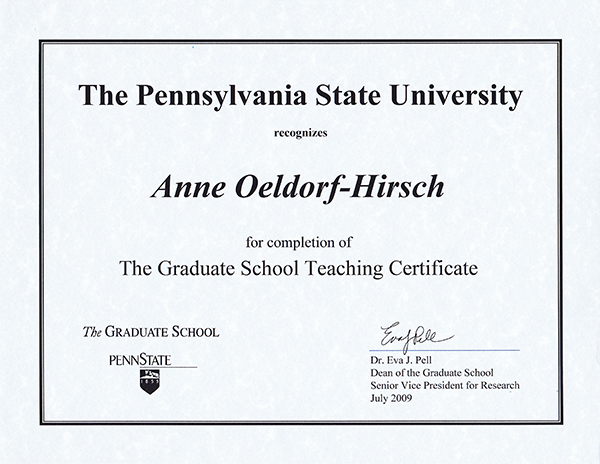Courses Taught
Graduate
Social Media Use and Effects (MA/PhD seminar, 6-16 students)
Online version developed with eCampus online course development grant
Undergraduate
Social Media: Research and Practice (Service learning course, 19-40 students)
Community partners: BUILD Hartford, Connecticut Science Center, iQuilt Partnership, Quiet Corner Communications / Explore Stafford
Computer-Mediated Communication (Writing-intensive course, 19-40 students)
New Communication Technologies (Lecture, 19-40 students)
Effects of Mass Media (Online summer session course, 8-25 students)
Online version developed with eCampus online course development grant
Guiding Principles
I initially relied heavily on presenting the course material from my own perspective, but both formal and informal feedback from students has encouraged me to move into a more student-driven/collaborative learning model of teaching which allows the students’ own experiences to play a greater role in their learning. This has led to a teaching style shaped by three values:
Awareness
I quickly learned that my instruction is most effective when I understand how students learn and interpret new information in the context of their previous knowledge. I start each semester with an assessment of each student’s background and throughout the semester I gather feedback on my teaching methods and adjust as necessary for the class.
Relevance
As a media scholar, I rely on current topics of interest as examples for research so that not only are students more engaged in the topic, but they understand the relevance to their own current media use and interests. For example, rather than explaining a media effects experiment from beginning to end, I may have students propose a research question of interest and we will work through the steps to investigating this question as a class. This way they have learned how to find the answer to a question in which they were interested, rather than memorizing a method.
Learning by Doing
It is my experience that students fully comprehend the nuances of a particular theory or method incredibly fast when they can test it for themselves. By running their own survey in my methods course, for instance, students discover the benefits and drawbacks of survey design in a concrete way which may be lost in a lecture on the same material.

